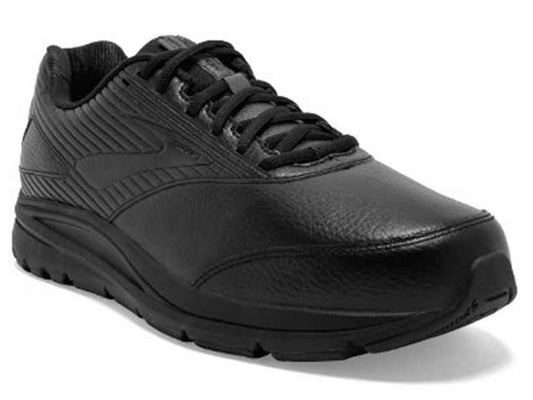When Brooks first got its start back in 1914 making ice skates and cleats; no one could have predicted that they were witnessing the birth of an internationally respected athletic shoe company. Brooks athletic shoes are not only highly respected by the medical community, they are also recognized for excellence among hardcore athletes. Shoes designed by Brooks Sports Inc. routinely win awards from running specialty magazines such as "Runner's World" and "Trail Runner". Doing business for almost a century, Brooks Sports Inc. has gained world-renown for working with biomechanics professionals, engineers, and medical experts to produce some of the most technologically advanced athletic shoes on the planet. Regardless of your level of activity, in terms of selecting an athletic shoe that will fit comfortably, offer appropriate support, and prevent injury; the Brooks name is one you can rely on.











